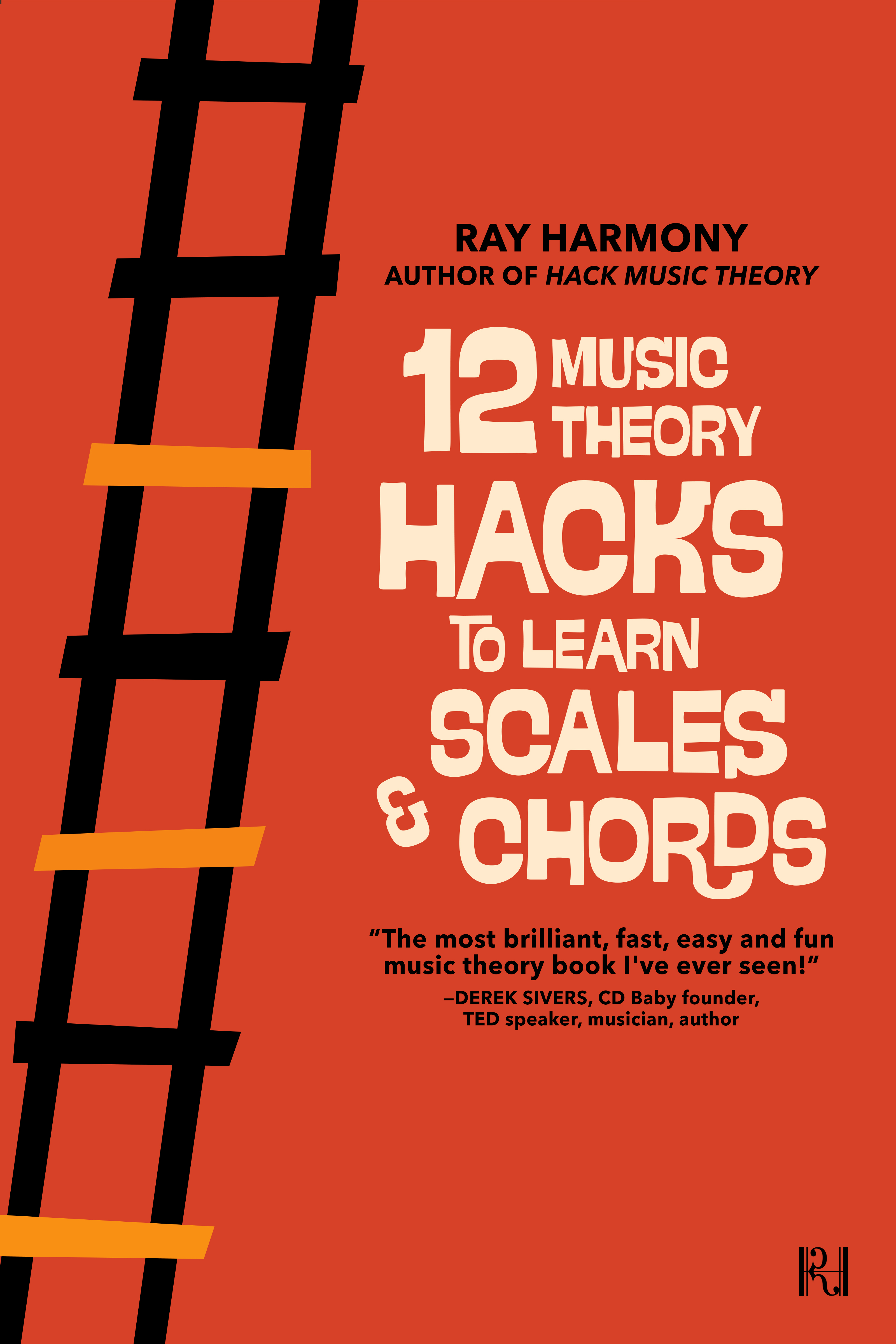How to Write a Layered Guitar RIFF
Step 1. Bass
The first thing you notice in the opening riff of “Ego Death” by Polyphia is that there are two layers. There’s a bass line and a lead melody all in one riff, played by one guitar. By adding bass notes below the melody they’re implying chords and creating harmony. This adds a beautiful depth to the riff. And yes, this technique is not new. In fact, it’s hundreds of years old and is common in classical guitar pieces. But, it’s actually rare to hear it in popular music where the guitar usually plays either chords or melody, not both at the same time. So, you’re gonna start by writing a bass line for your riff. You can make this complex, or you can keep it simple and just play the root note of each implied chord. That’s what Polyphia does here, so we’ll do that too. Also, make your bass line at least 4 bars long. We’re in the key of G minor, but whatever you use, start on the root chord to establish your key.
Step 2. Melody
Next, you’re gonna write a 2-bar melody over the top. Once you’re happy with this, then copy and paste it over the rest of your bass line. Some of your melodic notes may not sound as good over different bass notes, but just move those ones. And that actually creates some nice variation too. By repeating the melody over different bass notes you create both familiarity and freshness in your riff. It’s a very clever technique, which Polyphia nails in this intro. And by the way, if you need help writing melodies, simply follow the Melody Checklist in our Songwriting & Producing PDF.
Step 3. Spice
Lastly, to spice up your riff, you’re gonna move one bass note outside the scale. This is called a non-diatonic note. Polyphia’s intro is in the natural minor scale, but then at the end of the riff they use the 7 instead of the ♭7, which temporarily shifts the riff into harmonic minor. So, we did this too, by moving our ♭7 (F) up to the 7 (F♯). And if you find this 7 / ♭7 stuff confusing, no problem, just download our Free Book. It only takes 30 minutes to read, then you’ll have a solid music theory foundation! Okay, so all you need to do now is check if there’s a ♭7 in your melody above the 7 in your bass. If there is, move that ♭7 up to 7 as well, otherwise it will clash. We didn’t have a ♭7 in our melody here, so we didn’t need to change anything. Finally, if you’re playing this on guitar, you can mute a few notes for that percussive sound.
Free Book
 |
Wooohooo!!! You’re a mere 30 minutes away from being even smarter than you already are. Just head on over to your inbox now for your free download.
Podcast
Listen below, or on any podcast app.

